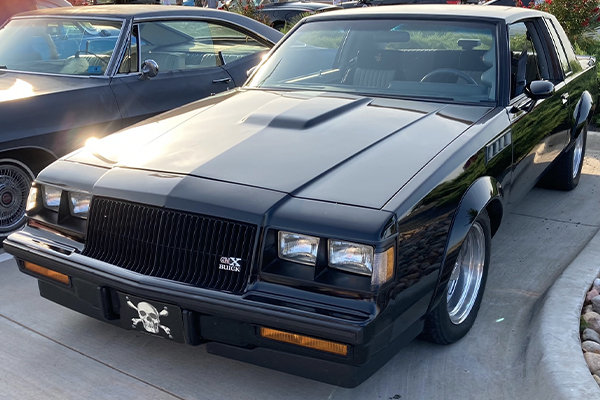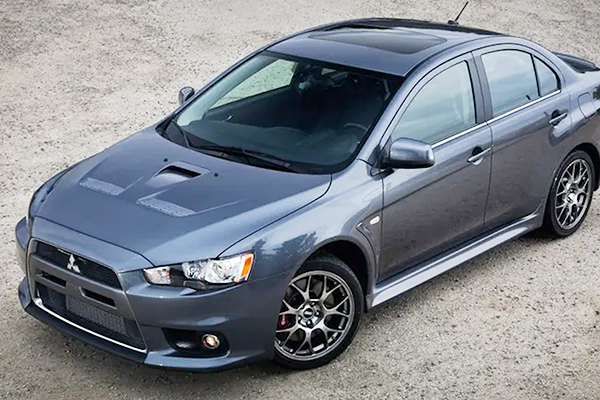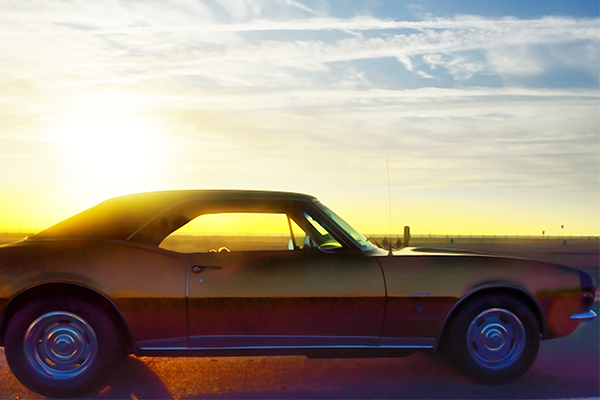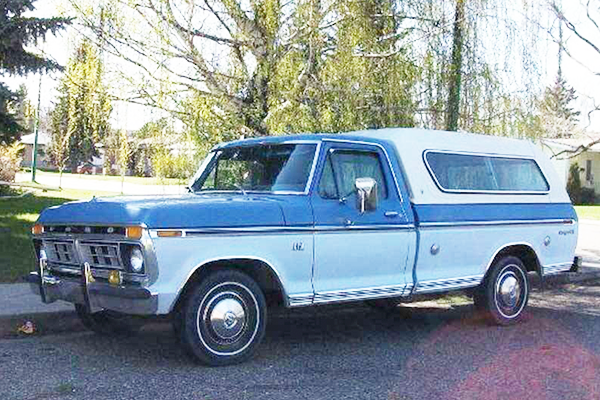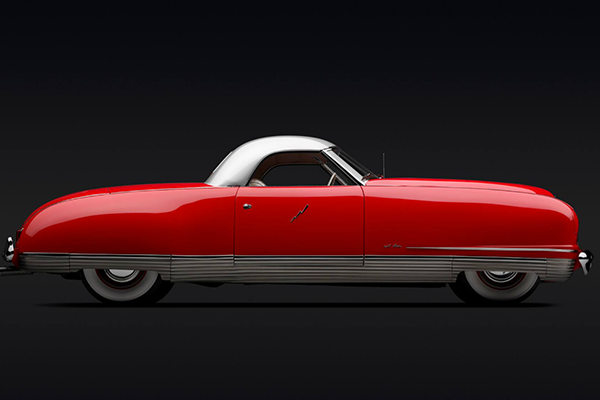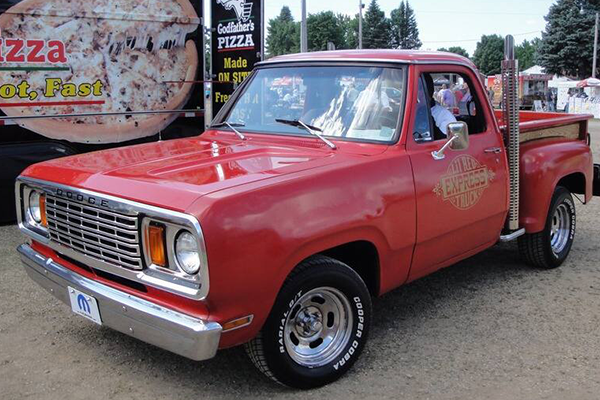From timeless icons to everyday essentials, Crucial Cars examines the vehicles we can’t live without. In this installment, we put the spotlight on that car/pickup truck cross breed known as the Chevrolet El Camino.
Breaking Bad was one of the most acclaimed series ever to run on Netflix, and one aspect of the show that can't be ignored is the choice of cars driven by the characters. Creator Vince Gilligan took care to make sure the vehicles all were a reflection of the characters' personalities and roles.
High school chemistry teacher Walter White started out driving a Pontiac Aztek, one of the most reviled cars of our lifetime and a vehicle often cited as the last nail in the coffin for the Pontiac brand. After White evolved into drug kingpin/meth chef Heisenberg, though, he got rid of the Aztek and got into a sinister Chrysler 300 SRT-8, you might remember.
Seedy attorney Jimmy (aka Saul Goodman) started out driving a decrepit banana-yellow Suzuki Esteem, but later found a huge 90s Cadillac Sedan deVille land yacht to drive. Fixer Mike Ehrmentraut drove a blocky 80s Chrysler Fifth Avenue until he got a 90s Buick LeSabre, both cars that you might find parked at a Golden Corral for the 4 p.m. Early Bird Special. Cold-blooded killer Gus Fring got around in an utterly unassuming Volvo wagon, and Jesse Pinkman started out in a low-rider Monte Carlo, moved on to a tired Toyota Tercel, and then...
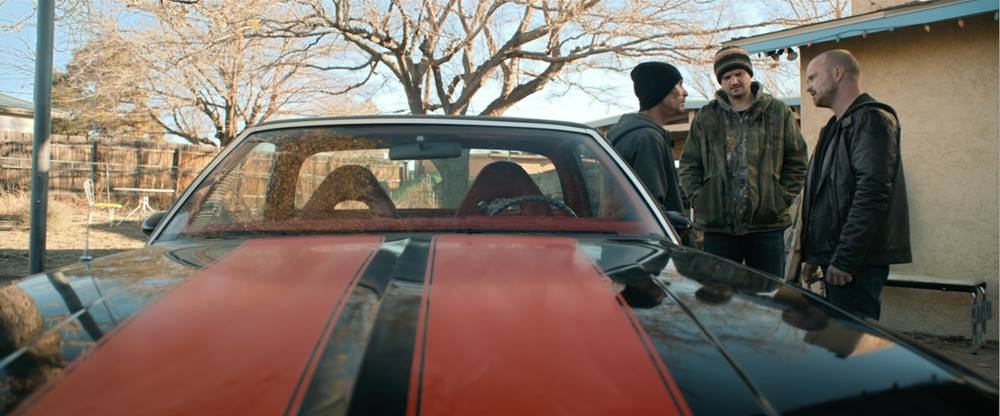
Source | Sony Pictures Television
The El Camino
You might remember the bloodbath final episode of Breaking Bad, which had Jesse Pinkman (Aaron Paul) riding off into the sunset and laughing hysterically. His ride for that escape was an '82 Chevrolet El Camino: party in the front, business in the back.
The El Camino, of course, belonged to dead-eyed psycho Todd, who came to a bad end along with a bunch of other nasty people in the series finale. El Camino: A Breaking Bad Movie picks up where the series left off, and jumps back and forth in time to explain and expand on some story lines in the series. We don't know a lot about Todd's El Camino, other than it's black with a red racing stripe, dual exhausts, a nice rumbly exhaust note, custom wheels and a camper shell.
After Todd has Jesse help with the camper shell, he enlists him for a spectacularly gruesome errand as casually as you might ask a friend to come with you to Home Depot so you can pick up some sheets of plywood for a project. On the way back, Todd treats Jesse to his hideous taste in music for awhile, then engages him in some banal small talk. Todd's total lack of conscience combined with his bland, doughy demeanor is exactly what made him such an unsettling villain. Now we're not saying that early-80s El Caminos are for unassuming sociopaths or anything, but it did seem like a good fit.
But hey...that's one sharp Chevy El Camino.
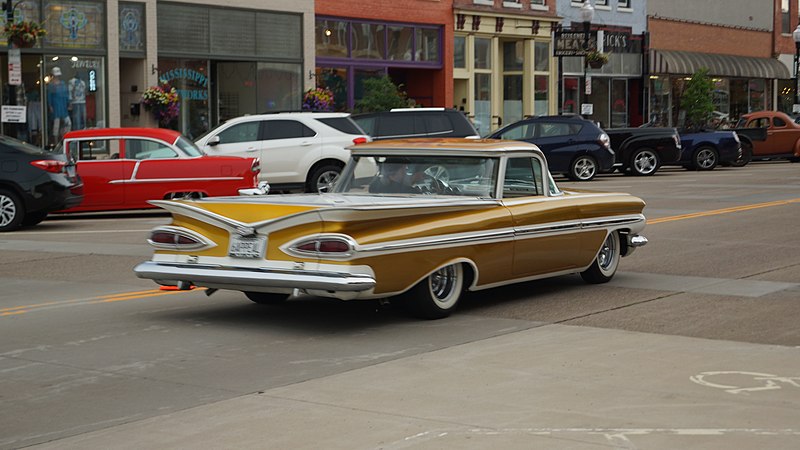
Source | Greg Gjerdingen | Wikimedia Commons
The Fleeting Full-Sizer
959 El Camino Debuting for 1959, the first-generation Chevrolet El Camino was based on Chevy's full-size car platform. As such, the front clip and doors were the same as those seen on the Brookwood, a two-door station wagon, while an open pickup bed dominated the rear half of the vehicle. The cool "cat's eyes" tail lights with their big chrome "eyebrow", seen on the other big Chevrolet's, was also incorporated into the El Camino's tailgate design. Under the beefy hood one could choose anything from the base, lackluster straight six through a family of V8s ranging from 283 cubic inches to 348 cubes. Depending on the engine choice, changing gears could be done via a column-mounted three-speed manual (aka "three on the tree"), a floor-shifted four-speed manual, or a two-speed automatic.
The hot set-up was the 348 with triple two-barrel carburetion, solid lifters, and a four-speed. Fitted with the latter powertrain, an El Camino tested by Hot Rod magazine sprinted to 60 mph in just 7 seconds, a very quick time for the day, let alone one for a two-ton bruiser. But these early, full-size El Caminos were short lived due to plummeting second year sales. They were produced only for 1959 and 1960. But after a three year hiatus, the El Camino would come back strong, this time based on a smaller, more practical midsize car platform.

Source | sv1ambo | Wikimedia Commons
Ladies and gentlemen, the El Camino
Debuting for 1964, the same year as the Beatles in America as well as Chevrolet's new, mid-size Chevelle, the reincarnated El Camino was more practical than its massive predecessor. Based on that Chevelle, this El Camino was easier to park and similarly offered a measure of open-bed hauling ability along with car-like comfort and handling qualities. And now, one could also opt for a Super Sport (SS) version.
The '64 and '65 El Caminos are very similar with variations in front end styling and top engine choices being the chief differences. For both years, a four-barrel fed 327 V8 was the top power choice, with '64s rated at 300 hp and '65s making an impressive 350 horses. In expected lock-step with the Chevelle, the El Camino was redesigned for 1966 and like the Chevelle SS coupe, could now be had with big-block 396 V8 power. With up to 375 hp on tap, it was ready to lay waste to rear tires and most stop light challengers alike. Indeed, with a quarter mile potential in the low/mid 14-second range, an El Camino SS 396 wasn't to be taken lightly in the performance game. And you still had that big open bed in the back to carry spare tires. The 1967 edition was similar to the '66 apart from the expected front end styling and interior updates. This successful formula of offering everything from a six-cylinder, bench seat stripper to a big-block-powered, 4-speed with buckets-and-console street machine continued for the redesigned '68 and similar '69 El Caminos. The styling was bulkier than in past years, with thicker rear roof pillars and angled downward bed sides.
The 1970 through 1972 examples were arguably the most attractive, with the SS versions boasting the dual wide hood stripes and power-domed hood as their coupe brethren. You could even top off that hood with optional "Cowl Induction" that, upon laying into the gas pedal, opened up a small rear-facing flap to admit cooler air into the carburetor. The 1970 model year was the El Camino's most potent, as the SS version could be optioned out with the legendary LS6 454 V8. Cranking out 450 horses, this brute could propel an El Camino down a quarter mile in the low/mid-13 second range. Power began to drop off after that point.
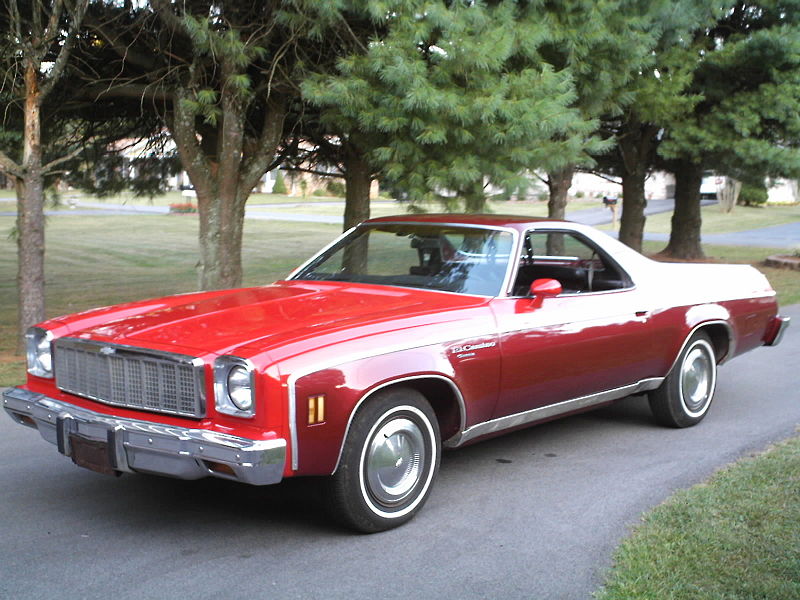
Source | Rogerd1955 | Wikimedia Commons
Performance becomes passé
The redesigned 1973 through 1977 model years would be the last of the bigger El Caminos and also were examples of the "Malaise" era. During that time, performance grew lackluster due to the increasingly stringent emissions standards and the need to run on lower octane gasoline with lower compression ratios. By 1975, catalytic converters were fitted cope with emissions regulations and engine outputs hit new lows. The engines ran cleaner but performance suffered. Heck, if you checked off the 454 V8 option for your 1975 El Camino, you were rewarded with just 215 hp, and it was only available with an automatic by then. The adoption of a Mercedes-like grille for 1975 and then stacked, square headlights the following year were the major styling changes for this generation.
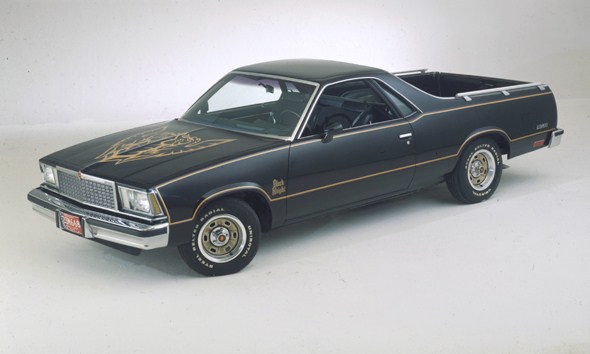
Source | Wikimedia Commons
Lighten up, will ya?
Downsizing was the order of the day for GM's 1978 midsize cars, including Chevy's own Monte Carlo and Malibu, so by default the El Camino similarly slimmed down. About 12 inches shorter in length and 600 pounds lighter, the '78 El Camino provided about the same passenger and cargo space as before and was more fuel efficient. Engines ranged from a 3.3-liter V6 on up to a 5.7-liter (350 cubic inch) V8 with 170 hp. In addition to an automatic, there were 3- and 4-speed manual transmissions, both floor-shifted. The SS was gradually phased out, essentially replaced by the seemingly Pontiac Trans Am-inspired, black and gold trimmed "Black Knight" (later replaced by "Royal Knight") edition. For '79, a new 4.4-liter V8 debuted with a weak sauce 120 estimated horsepower. The following year the 5.7-liter V8 was gone, leaving a 5.0-liter (305 cube) V8 with 150 horses as the top power choice.
For 1982, this longest-lived generation of the El Camino received a facelift in the form of a new grille and quad headlights. This year also marked the availability of the ill-fated 5.7-liter diesel V8, a mill known for returning good fuel efficiency but bad reliability. The biggest news for this generation came late in 1983, when the SS returned in flamboyant fashion. Actually the result of a joint venture with a company called Choo Choo Customs, the resurrected SS sported the aerodynamic nose of the Monte Carlo SS along with the requisite "SS" decals. Options for this SS included a raised power dome hood that recalled that of the '70-'72 SS, simulated side pipe exhausts and a roof-mounted air spoiler. Sadly, no special engine was offered, as the 305 V8 was as good as it got. Apart from minor engine shuffling that included the introduction of a 140-horse, 4.3-liter V6 for 1985, not much changed from that point on through 1987, the El Camino's last year.
Entertaining the purchase or restoration of an El Camino?
1984 El Camino SS Although most El Camino enthusiasts will likely lust after a '66 through '72 SS big block (396, 402, 454 V8s), one can still get plenty of pin-you-to-the-seat thrills with a small block version thanks to a huge variety of aftermarket hop-up parts including high-performance heads, camshafts, carburetors, intake manifolds, and exhaust headers.
How about you? Are you an El Camino fan?

